How to grow plants with no green thumb
Dorms and apartments can often be drab and cold. Many students don’t have the money to invest in big decorating schemes, but one-way students can liven up their rooms is to add plant life and greenery.
While some students may believe that it is difficult to grow plants, they don’t tend to realize that there are many plants and each plant type has a personality that can be matched to the people growing it. It can be easy to grow plants as long as they find the correct type of plant to grow.
Some of the best types of plants that students can grow in their dorms or apartments can be grouped into three categories: food, drought resistant, and specialized. Below are some different examples that are good for students in each category:
Note: Many of these plants and other indoor plants are not safe for animals. Always consult a vet or the internet before putting plants in your home that are accessible to animals.
Food Plants:
If a student is interested growing plants that are not only fun to look at but that have other purposes, food plants are a good fit for them. Some good food plants for students are herbs and leafy greens.
One type of herb that is really good to grow indoors and is good to use in food is Oregano. Oregano is commonly used in many dishes, especially Italian and Mediterranean cooking.
It grows in any thickness of dirt and if you plant it in a closed system, like a mason jar, it requires a thick layer of rocks under the soil to work as a drainage system. It needs to have damp soil, but it does not have to be watered every day if it is planted in a closed container. The Oregano plant below was planted in a mason jar with a wide mouth, which is pretty and shows roots growing on the sides.
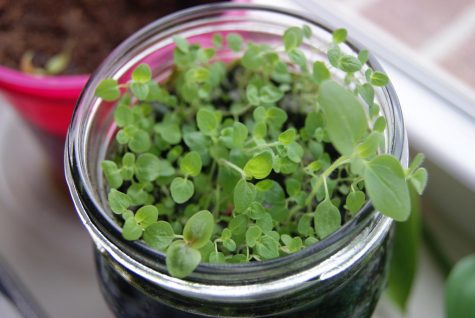
One example of a leafy green would be Kale. Kale has a reputation of being a “fad plant”; however, it does provide many benefits for your health and it is a beautiful light green and really brightens up a room. It can be planted in almost any type of pot and it doesn’t need a lot of drainage. This type of plant does require pretty constant watering because its water content is high.
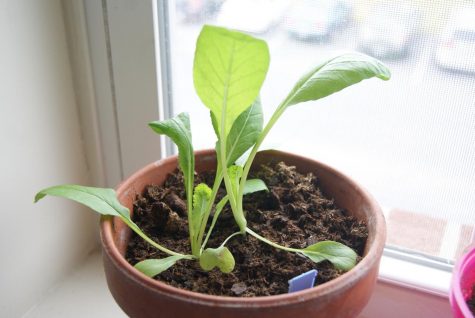
Specialized Plants:
If a student is interested in having a plant that is not only beautiful but will also strike up a conversation, then they should get a specialized plant. This category is for plants that many people wouldn’t normally expect to be growing in someone’s home. One example of this would be a Venus Flytrap.
This is a really cool plant that doesn’t take up that much room. It can be put into water to allow growth and doesn’t require that much watering, but does however require a specific temperature and humidity.
“They only grow in the Carolinas so it was fitting that I bring one to the Wilmington area. My Venus Flytrap, as well as others, grows best in wet and humid conditions, thriving in rainwater and 70 degree weather at the least,” said student Lindsay Scott, an avid Flytrap lover. “I water Fernando every day with distilled water and keep my apartment at 71-73 degrees so he stays warm. It’s always nice to walk into the living room in the morning and have Fernando greet me with a fly in his mouth.”
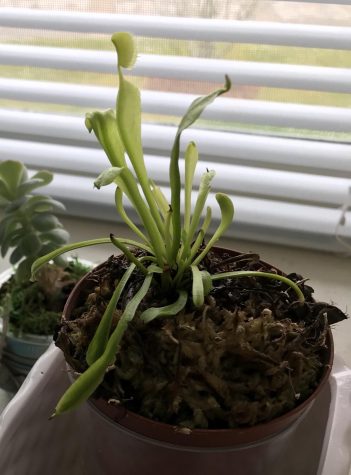
“Drought” Resistant:
If a student wants to have a plant that will not die over a long weekend or spring break, or if they are just really bad at remembering to water plants, then drought-resistant plants are a great fit.
Succulents are definitely popular with students. They are “cute” plants that don’t get extremely huge and they are very easy to maintain. They are considered desert plants, and they come in many different shapes and sizes.
To plant a succulent, a student would need shallow dirt with a large layer of small rocks a couple inches underneath. These plants should only be watered when the soil begins to get dry.
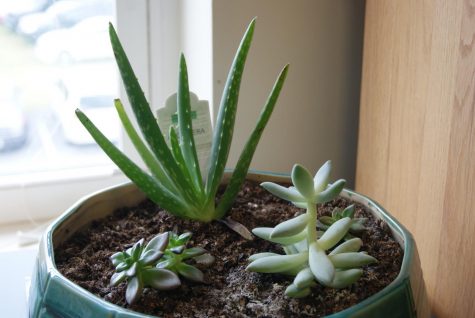
Aloe plants are a similar plant and should be planted similarly, however they have medicinal purposes. The “aloe” that relieves many burns is retrieved from Aloe Vera plants. To use the aloe from the plant, one of the stems must be broken off and the inside of the plant would be rubbed on the burned area.
If you are interested in learning more about growing any of the plants above, you can go to these links:
https://www.thekitchn.com/everything-you-need-to-know-about-growing-oregano-220612
https://www.bhg.com/gardening/houseplants/care/grow-venus-flytrap/
https://www.diynetwork.com/how-to/outdoors/gardening/growing-succulents-indoors










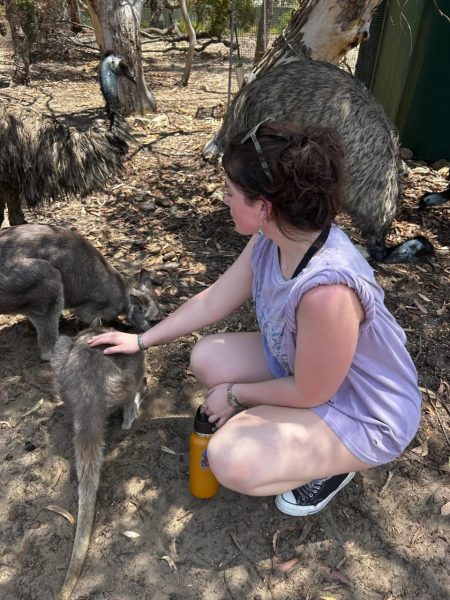

Jamie • Apr 19, 2018 at 5:35 pm
Great article! Anyone interested in this stuff should definitely check out the book Everyday Roots. It teaches you how to replace all the toxic chemicals in your life with healthy organic alternatives. Its completely changed my life and how I feel everyday! 🙂
Heres a great review of everday roots: http://reggiesreview.weebly.com/everyday-roots-review.html
Keep up the great content!
Stan • Apr 19, 2018 at 3:46 pm
Another fun plant to grow is the TickleMe Plant. The TIckleMe Plant will close its leaves and lower its branches when you Tickle it,. You may have seen the TickleMe Plant kits on Amazon.
or here www,ticklemeplant.com
Really cool